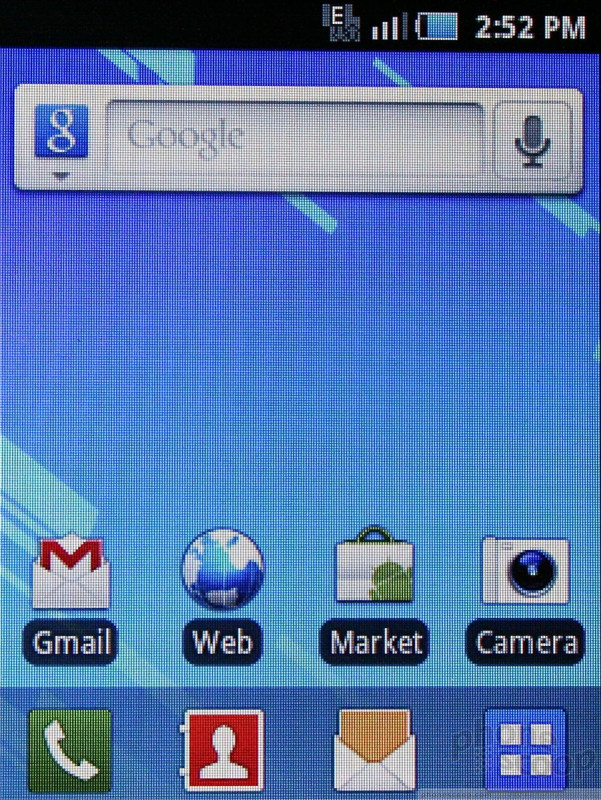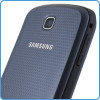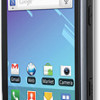Review: Samsung Dart
The Dart runs a toned-down version of Samsung's TouchWiz. It's not as in-your-face as Samsung's Galaxy devices, but it certainly isn't stock Android 2.2.2, either.
There are five home screen panels loaded out of the box, but the Dart supports up to seven of them if you wish. Adding/deleting them is a breeze. Samsung has placed four permanent apps in a dock at the bottom of the home screen panels: Phone, Contacts, Messages, and Menu. The home screen panels can, of course, be customized with user apps, shortcuts and widgets.
The main menu is broken down into separate screens, each of which holds 16 apps. Swipe sideways (rather than up-and-down) to access more apps.
The notification shade includes shortcuts for turning off the Dart's various radios (such as W-Fi and Bluetooth) to save power, as well as a quick "silence" key, and a screen rotation control button. The options menu and other device settings work the same as they do on any other Android handsets.
Almost everything has been slightly re-skinned by Samsung to make the Dart its own. The changed icons, colors, and graphics aren't as neon-like and intrusive as those found on Samsung's Galaxy devices.
A few words on performance. The Dart has a 600MHz processor. Even so, I was pleased with the Dart's performance. It was snappy, and everything felt smooth. The phone never had trouble transitioning between screens, and apps popped up instantly.







 Video Tour: Samsung Dart
Video Tour: Samsung Dart
 Samsung Offers a Peek at the Dart for T-Mobile
Samsung Offers a Peek at the Dart for T-Mobile
 Motorola Previews razr fold
Motorola Previews razr fold
 Samsung Stays The Course with its Entry-Level Model
Samsung Stays The Course with its Entry-Level Model
 TCL Previews 2024 Phones, Including Two with Matte Displays
TCL Previews 2024 Phones, Including Two with Matte Displays
 Samsung Dart
Samsung Dart





